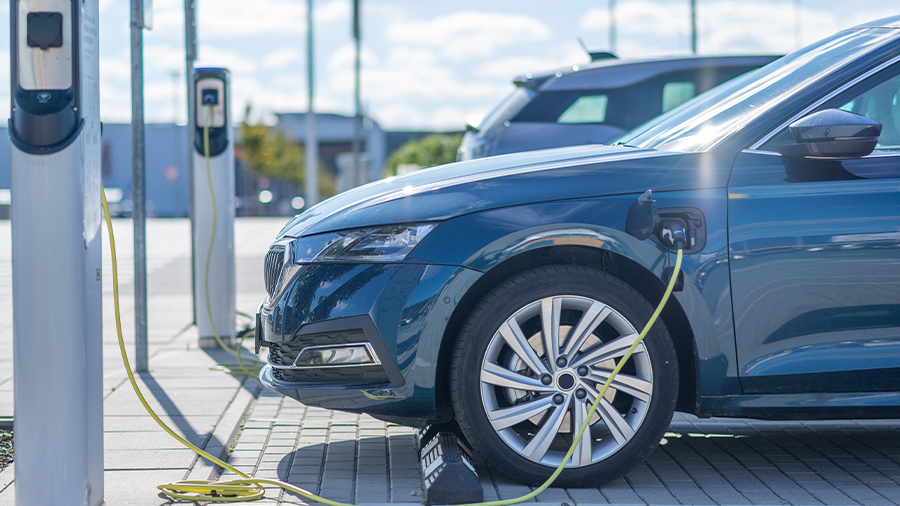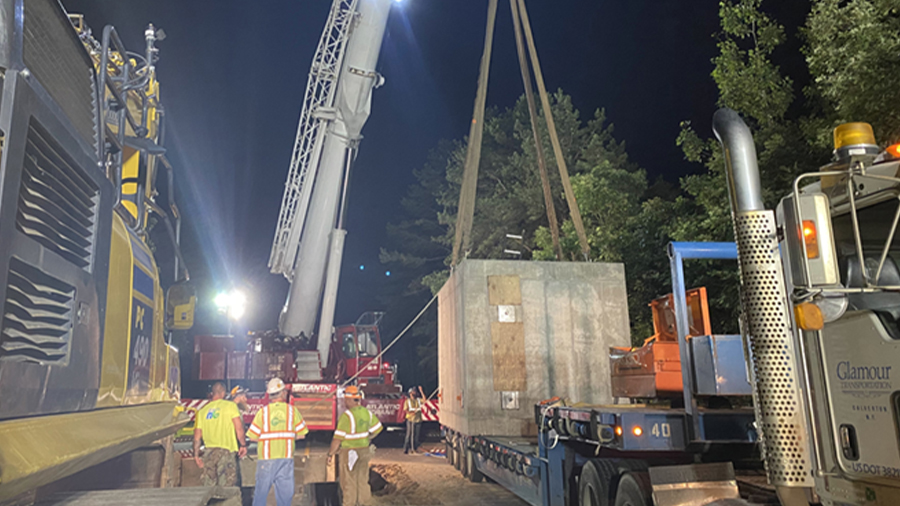Battery Energy Storage Facilities
Development Support
New York State
With 30 years power delivery technology experience and five years battery energy storage technology experience, H2M is uniquely qualified to provide customized solutions to address a wide variety of energy needs. From alternative and incentive analysis to design and construction inspection, H2M’s in-house professionals can provide the expert advice and technical support to address your energy challenges. H2M has supported numerous power delivery and distribution projects, working with developers and directly for electric utilities. Our battery energy storage technology project experience includes:
100 MW Battery Energy Storage Facility (Queens, NY): Interconnection of large-scale (100 MW/ 400 MW-hr.) battery energy storage facilities connecting to the Con Edison 138 kV transmission system. Work included developing the interconnection application to the NYISO, estimating costs, and the engineering and design of the transmission line interconnection.
100 MW Utility Scale Battery Storage Facility (Bronx, NY): Interconnection of a large-scale (100 MW/400 MW-hr.) battery energy storage facility connecting to the Con Edison 138 kV transmission system. Work included developing the interconnection application to the NYISO, estimating costs, and the engineering and design of the generator lead interconnection.
Thirteen Battery Energy Storage Facilities (Westchester, Brooklyn, Bronx, NY): Developed the interconnection application to the NYISO for 13 energy storage and wind/energy storage facilities in sizes ranging from 1200 MW-hr. to 2000 MW-hr. for storage and 1000 MW to 1200 MW for wind farms connecting to the Con Edison transmission system at the 345 kV, 138 kV and 115 kV voltage levels.
Five 20-60 MW Battery Energy Storage Facilities (Various Locations): H2M has been retained to support the development of battery energy storage facilities in five separate locations. H2M’s support services include site review and constraint analysis, permitting and local approvals, surveying, landscape architecture, site/civil engineering, and noise and impact analysis. Target site development capacity ranges from 20-60 MW.




